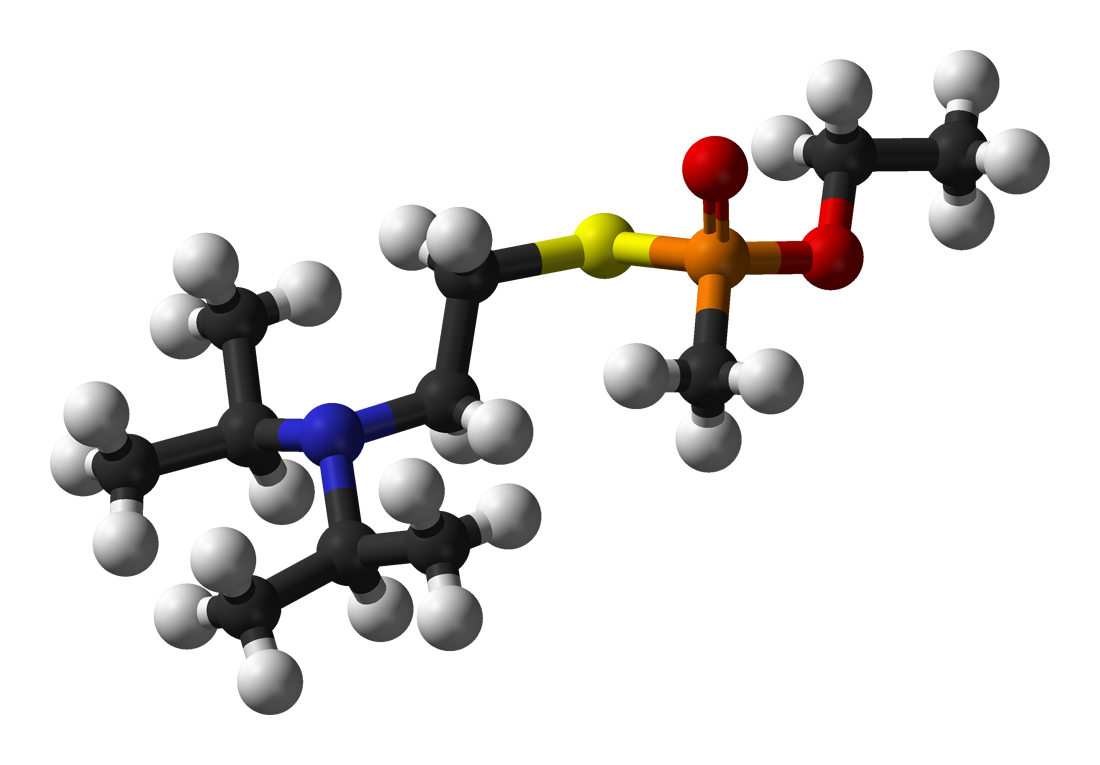Kim Jong-nam death and VX – what does it all mean?
24/02/2017

The recent death of Kim Jong-nam in an apparent assassination has had a further dramatic twist with the announcement by Malaysian police that the chemical weapon VX has been identified from his face. This has led to a lot of speculation and discussion in the world’s press. So what does this really mean? Here are a few key points to guide you through some of this news.
1. VX GAS/Nerve Gas – This phrase has annoyed scientists that work in chemical, biological, radiological and nuclear (CBRN) almost as much as the glowing green goo popularised by Nicolas Cage in ‘The Rock’. VX is not green. Nor is it normally a gas. Under normal conditions and moderate levels of purity it has a consistency and physical characteristics not unlike motor oil. So it creates very little vapour and is very persistent in the environment. Its military purpose was to deny material and terrain as well as to generate a lethal contact hazard.
2. Point one can explain why it might be possible to handle VX without dying. Potentially a binary approach may have been taken, where two less harmful chemicals are combined to produce VX. This would also explain a little delay in the onset of effect. However presuming it was binary because two people smeared chemical on him might be a little premature. They may have both smeared the same chemical and the multiple people element was just a redundancy to ensure he was killed.
3. The chemical weapons taboo. There has been much discussion by excellent minds at the University of Sussex, Bradford, by Jean Pascal Zanders, Brett Edwards at Bristol, and many more, about the erosion of the taboo of chemical weapons. The concern is the normalisation of the use of these sorts of weapons in war, amongst other issues. The use of a chemical weapon openly as a tool of assassination also sends multiple messages. In addition to highlighting N Korean capability (allegedly) it shows a willingness to use VX for the relatively small task of killing a single person. A knife or bullet would have served as well – so choosing VX does raise questions.
4. Detection challenges. Checking for VX can be challenging. The low vapour from it makes simple vapour detectors struggle and really it is necessary to swab surfaces or use surface detection techniques. It also raises some questions about whether CBRN materials need to be more actively screened in transit. It is not correct, as some have suggested, that there is no screening for CBRN. Also many of the systems at Airports could equally be used for CBRN but a discussion (in private) is probably necessary.
We await confirmation of the test results!
Categories & Tags:
Leave a comment on this post:
You might also like…
From nature walks to neural networks: My journey in Applied AI at Cranfield
Hi, I’m Ebru K and choosing a postgraduate degree is about more than just picking a subject; it’s about choosing where your future begins. As an international student from Turkey, I ...
Leading With Heart: My Journey as Cranfield Student Association President by Summer Yan
When I first arrived at Cranfield, I had no idea that one year later I would be standing at the heart of our student community, serving as President of the Cranfield Student Association (CSA). ...
Creating and using constituent lists in Datastream
Whether you're analysing industry performance, or comparing company financials, Datastream is a powerful tool. One of its most useful features is the ability to work with constituent lists — collections of companies grouped by index, ...
Landing at Cranfield: First-term experiences and life beyond the classroom
Starting a postgraduate course can feel daunting, especially if you’re new to the aviation industry. In this blog series, Adit Shah shares his journey on the Air Transport Management MSc at Cranfield. From first-term ...
Accelerating ambition: How Amelie Rohan engineered her future at Cranfield
In the world of high-performance automotive engineering, the gap between being a “fan” and being a professional is measured in more than just miles. It is measured in technical precision, hands-on ...
Study better and smarter in 2026
Happy new year! Now is the perfect time to reflect on your studies so far, thinking about what you’re doing well and where you need to focus a bit more attention. Getting back into ‘study ...






